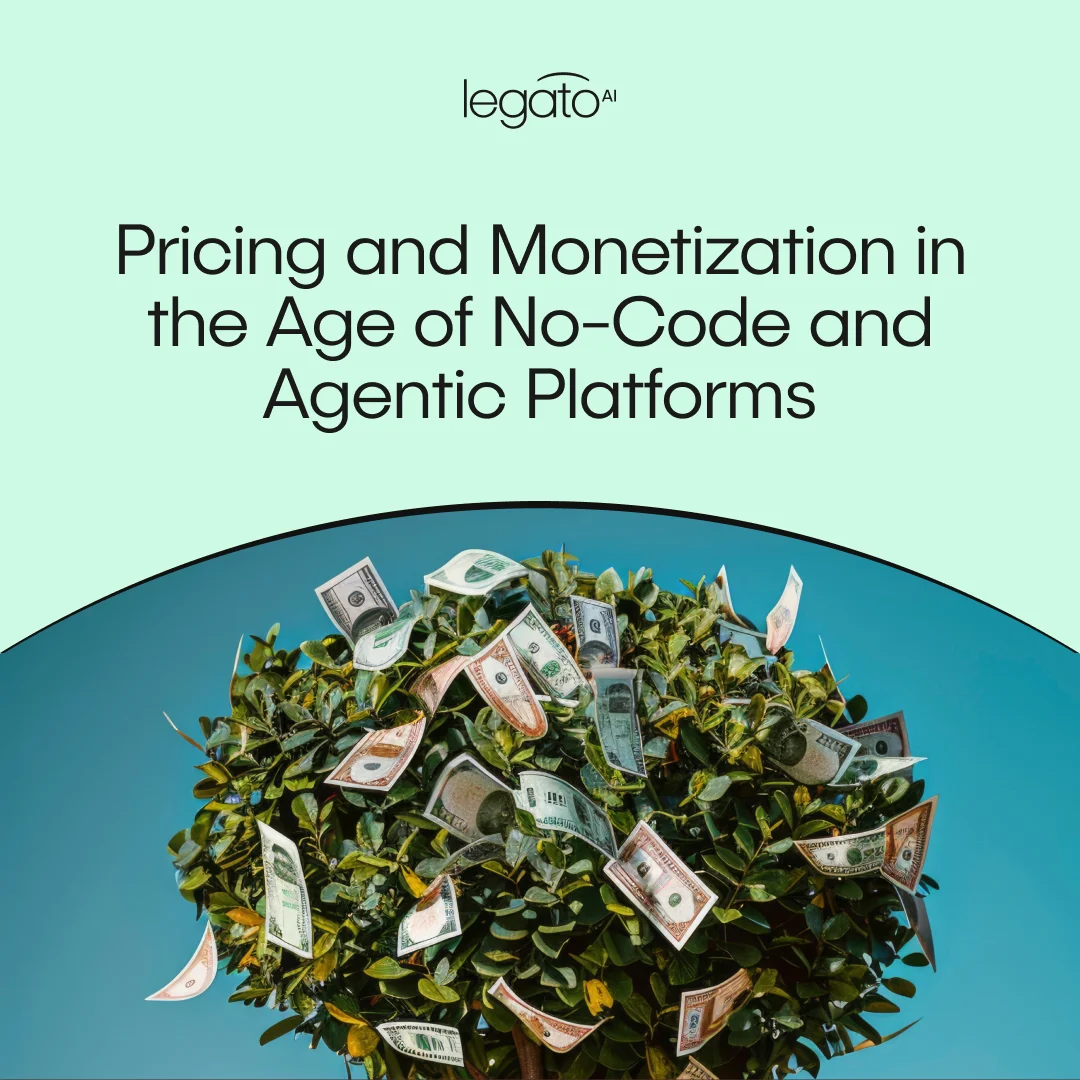Citizen Developers and the Future of Platform Extensibility
.webp)
The rise of the citizen developer is changing enterprise software. By 2028, nearly 30% of business role job descriptions are expected to include low-code or no-code skills. This represents a sharp cultural shift: software development is no longer confined to IT teams or professional developers. Instead, a growing share of applications and automations is being built directly by business users.
This citizen developer movement is not simply a passing trend. It signals both a risk and an opportunity for B2B platforms. The risk is straightforward: if your platform does not provide a native environment for these users to build upon, they will likely find external tools, which can fragment workflows and reduce platform stickiness.
The opportunity, however, is significant: platforms that embrace and structure citizen development initiatives can capture innovation inside their ecosystem, strengthen retention. Eventually, it can help unlock new monetization paths.
Framing the Citizen Developer
The term “citizen developer” refers to business users who create applications and workflows. Plus, it includes those who automate using low-code or no-code tools. They are not professional developers. However, they often possess sufficient technical literacy, often built through roles in operations, analytics, or product development, to be comfortable building.
These users bridge the gap between end users and IT. They understand and solve business problems directly. Programs like UiPath RPA Citizen Developer Foundation and ServiceNow Citizen Developer help train and guide them, acknowledging their key role in digital transformation.
The Risk for Platforms
For B2B platforms, the rise of citizen developers creates a structural risk. When users have building skills but lack a native environment inside the product, they look outside. They turn to standalone no-code platforms, spreadsheets stitched together with automation tools, or even shadow IT solutions.
This introduces multiple problems:
- Workflows built outside the platform reduce reliance on the core product.
- Data and processes are fragmented, creating governance and compliance challenges.
- Platform vendors lose visibility into how customers are using the product.
In short, ignoring the citizen developer movement doesn’t stop it from happening. It just means the innovation occurs elsewhere.
The Opportunity for Platforms
The flipside is that platforms that offer native citizen developer tools can use this energy for growth. By embedding low-code or no-code builders, vendors empower their customers to extend functionality while keeping those extensions tied to the platform’s ecosystem. Some of its key benefits include:
- Adoption and stickiness: When users build their own extensions, they embed the platform deeper into their daily work.
- Governance and control: By continuing to build inside the platform, vendors can provide guardrails. This ensures that extensions meet security and compliance standards.
- Revenue streams: Advanced capabilities, reusable templates, and marketplaces for extensions all create monetization opportunities.
This is why companies like SAP and Salesforce have formalized their approaches. SAP’s Build Apps initiative and Salesforce’s Trailhead pathways for citizen developer jobs are designed to provide structure and legitimacy to this growing class of builders.
Examples From the Market
UiPath RPA Citizen Developer Foundation: UiPath created a structured foundation program specifically for non-developers who want to automate workflows with robotic process automation. This acknowledges that the majority of automation opportunities sit closest to business users, not IT teams.
ServiceNow Citizen Developer: ServiceNow actively promotes its citizen developer model, training business users to extend workflows inside the Now Platform. By doing so, it reduces shadow IT while increasing platform reliance.
Salesforce Citizen Developer Enablement:. Through Trailhead learning paths and the Lightning Platform, Salesforce equips users across sales, service, and marketing roles with tools to build apps and automate processes without writing code. This is not a side experiment but a mainstream part of its adoption strategy.
Each example shows how vendors are racing to capture value from citizen developers before it leaves their ecosystem.
Why Current Programs Are Transitional
Citizen developers are, by definition, a subset of the workforce: business users with above-average technical skills or confidence. They are critical early adopters, but they do not represent the full population of platform users.
Due to this limitation, programs such as ServiceNow Citizen Developer and UiPath’s governance models will yield mixed results. Some companies will adopt them eagerly, while others may struggle to find enough citizen developers to make it worthwhile. In other words, citizen developer programs are necessary, but they are not sufficient.
The Next Phase: True Democratization
The real transformation will occur when the concept of a “citizen developer” becomes obsolete, as every user will have the ability to build. AI-powered extensibility is the catalyst. Instead of limiting low-code tools to technical users, platforms can let any business user describe their needs.
Behind the scenes, multi-agent systems can translate that description into structured workflows. In fact, they can generate the necessary logic and adapt the outputs to the user’s role. At that point, citizen developer tools evolve into universal builders: not a program for a subset of users, but a capability available to all.
This shift eliminates the tension between citizen developers vs professional developers. It also resolves the risk of innovation happening outside the platform. When users can safely build inside the product with proper governance and oversight, the platform naturally becomes the place for all extensions.
Conclusion
The rise of citizen developers is both a signal and a warning. Platforms that fail to address this movement risk losing value to external tools. Those that provide structured citizen development initiatives through governance, enablement, and native tools will capture some benefits of extensibility.
But it would be a mistake to view citizen developers as the end state. They represent a transitional group, the first wave of business users with the confidence to build. The long-term opportunity lies in AI-powered extensibility, where every user becomes a platform creator simply by describing their needs.
Platforms that evolve from “programs for some” to “capabilities for all” will win the next phase of competition. They will retain customers but transform into ecosystems where innovation is continuous, governed, and native to the product itself.
FAQs
1. What are citizen developer tools?
Citizen developer tools are low-code or no-code platforms that enable business users to develop applications and workflows. Plus, they enable them to create automations without requiring coding. They let non-technical employees solve problems directly.
2. What is citizen developer governance?
Citizen developer governance refers to the guardrails and policies. These policies ensure citizen-built applications are secure, compliant, and aligned with company standards. Platforms that embed governance avoid shadow IT and fragmented workflows.
3. What is the citizen developer movement?
The citizen developer movement refers to the trend of business users adopting no-code and low-code tools to create solutions independently. By 2028, around 30% of business roles are expected to require such skills, reshaping how work is done.
4. What is the difference between a citizen developer and a Professional developer?
A citizen developer builds with simplified no-code tools, while a professional developer uses code and handles complex engineering. Both add value, but the future lies in AI-powered extensibility, where everyone can build in plain language.
5. What are examples of citizen development initiatives?
Some of the common examples include the UiPath RPA citizen developer foundation, ServiceNow citizen developer programs, and Salesforce’s Trailhead and Lightning Platform. These initiatives enable business users to build directly within enterprise platforms.



